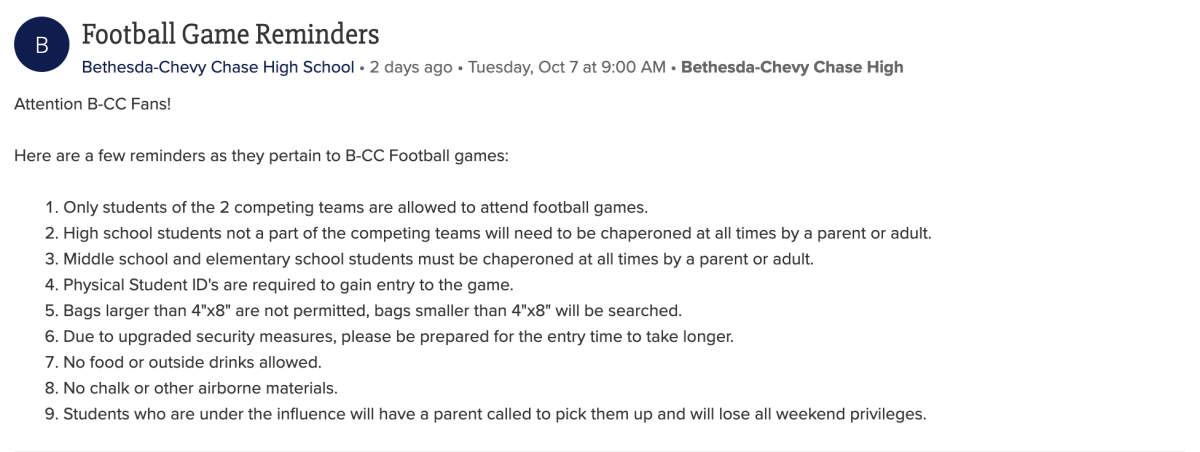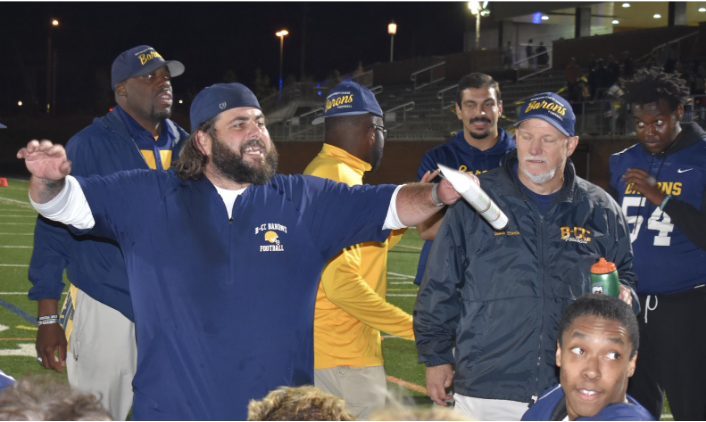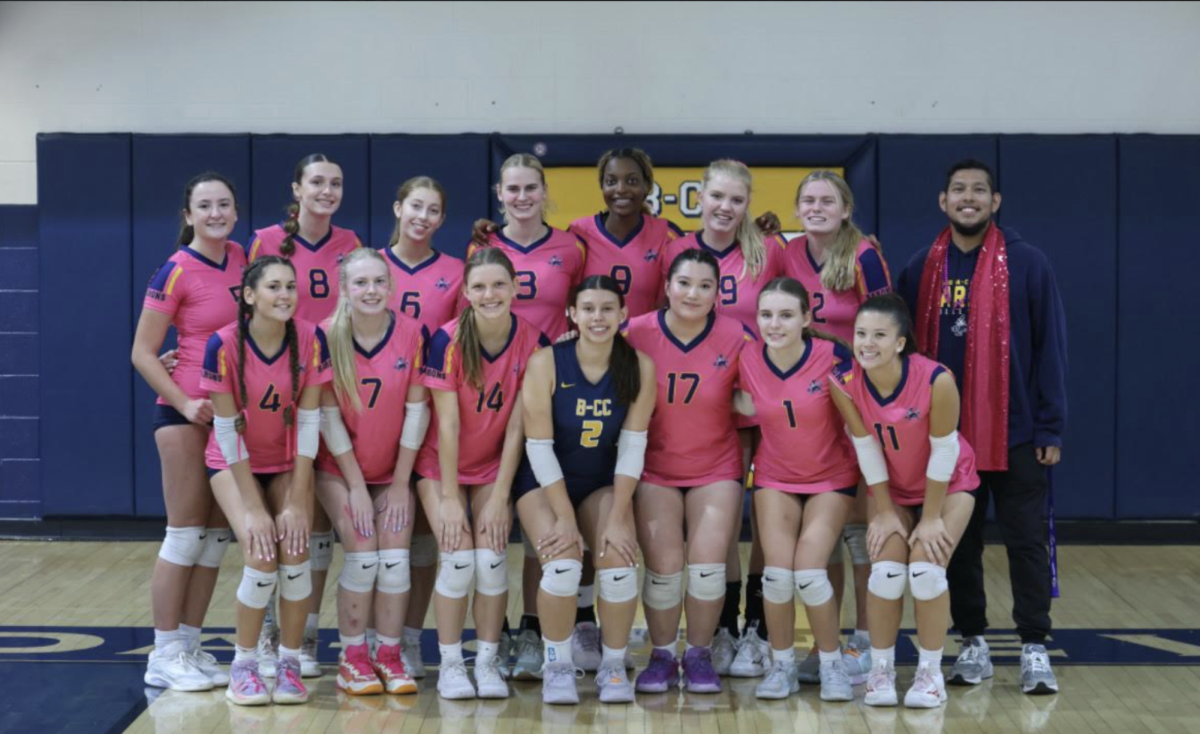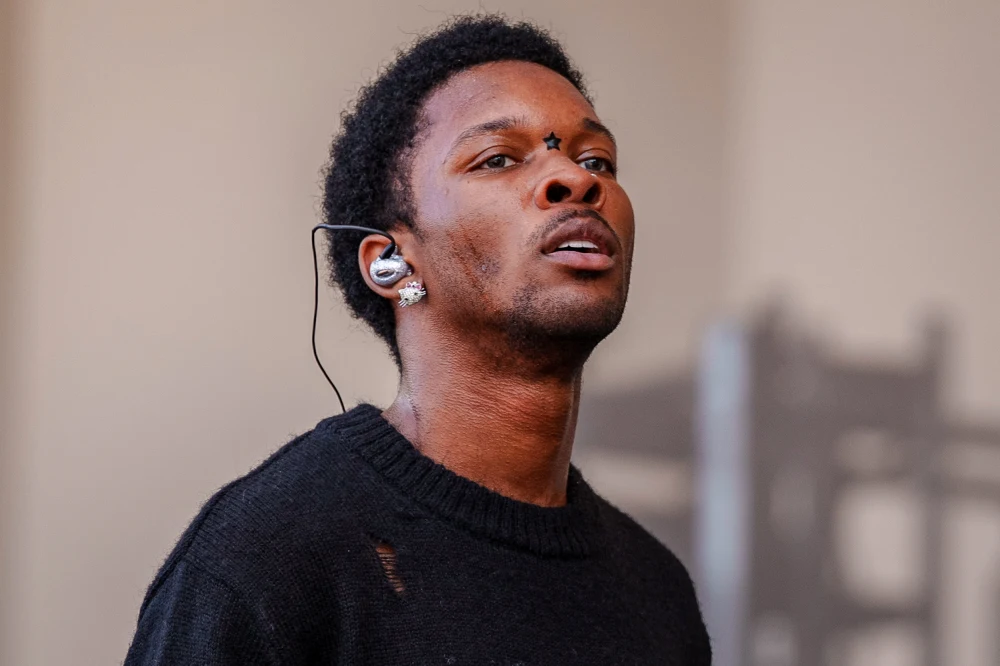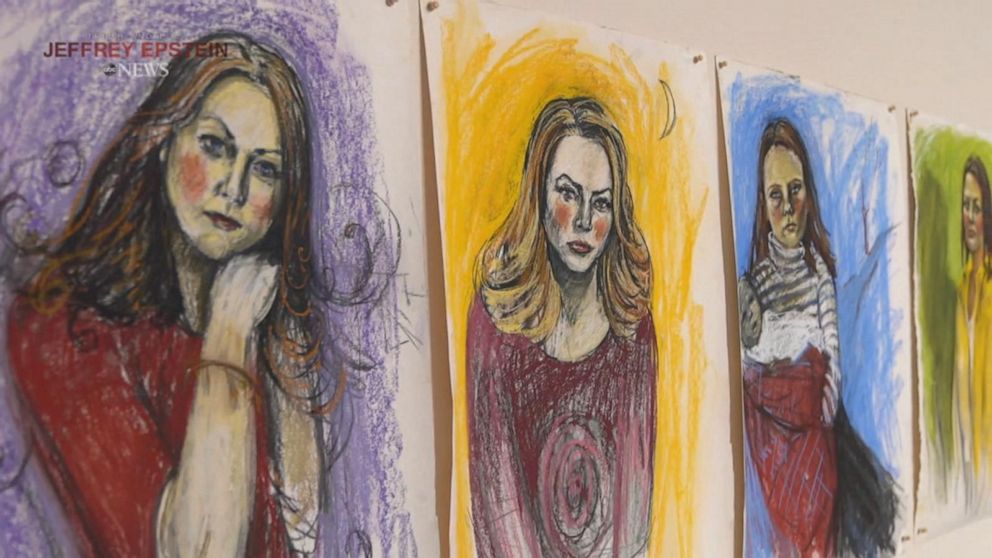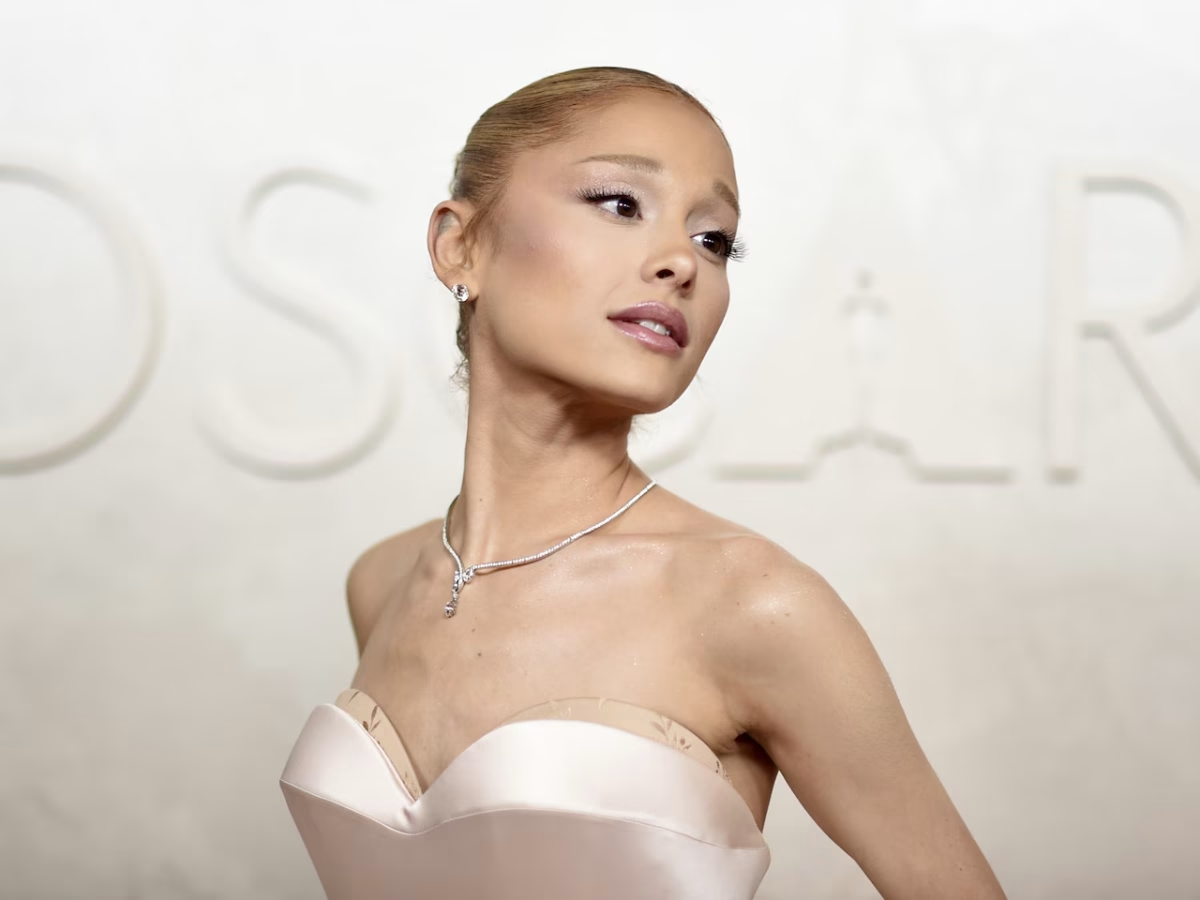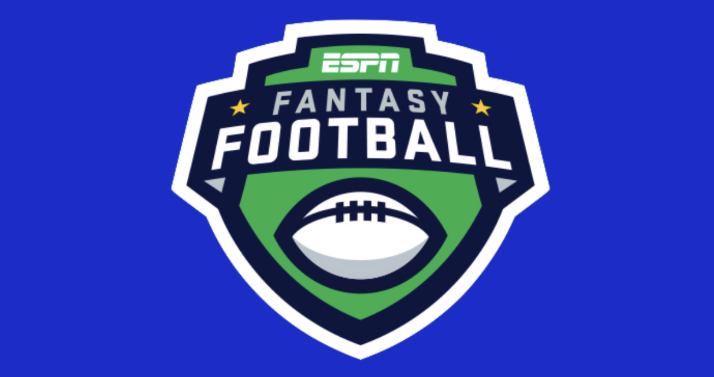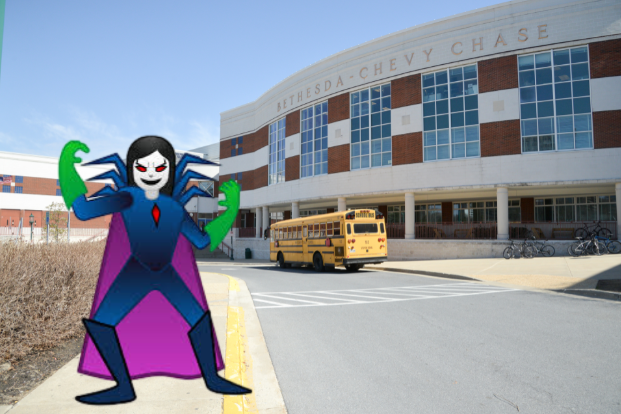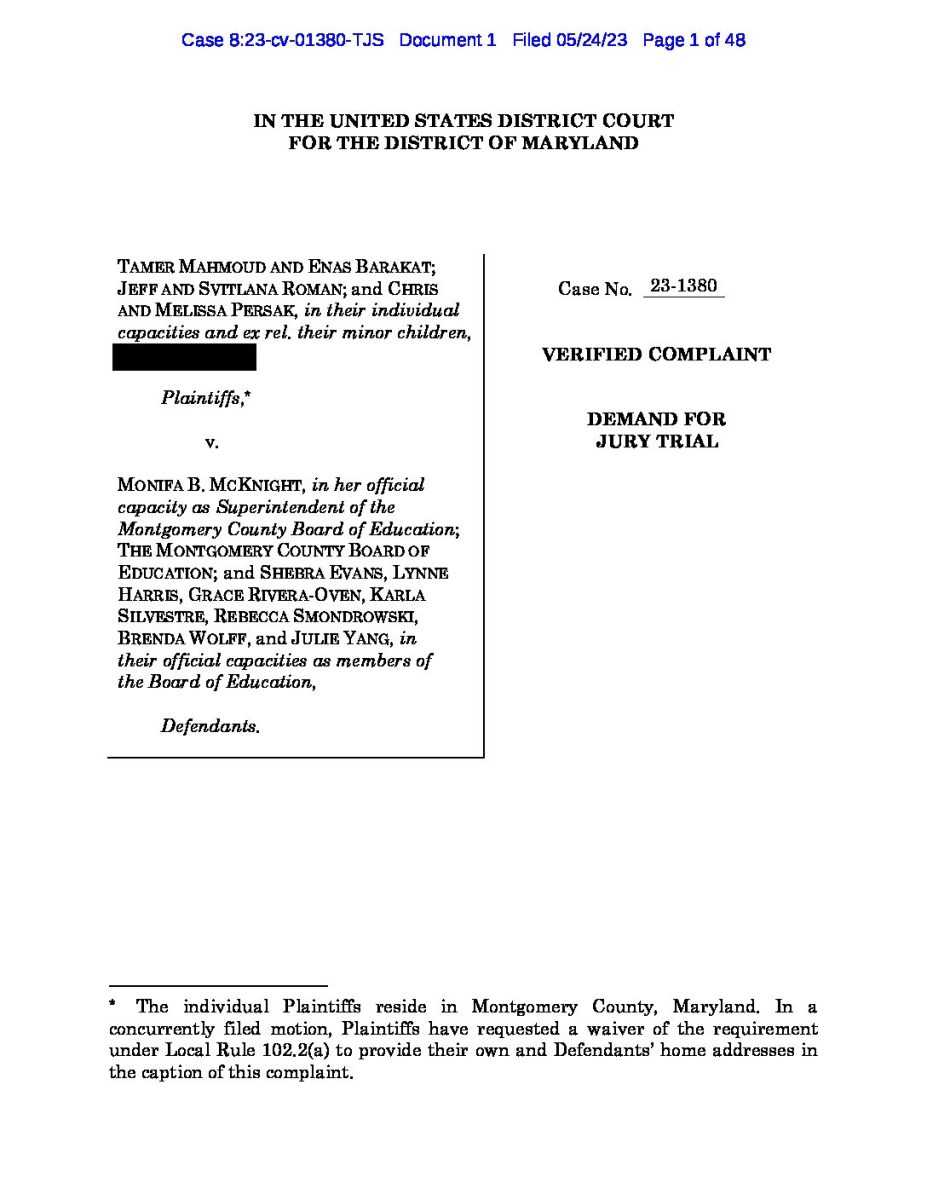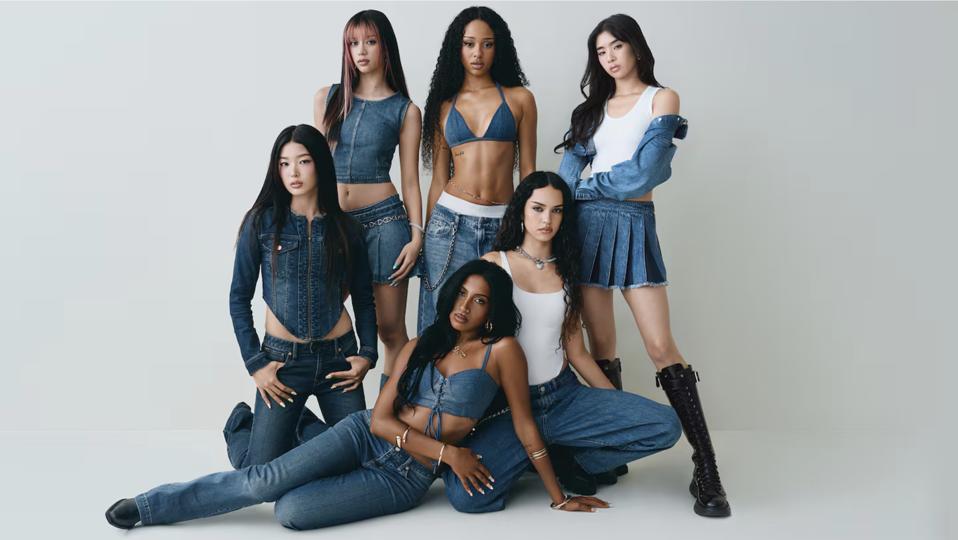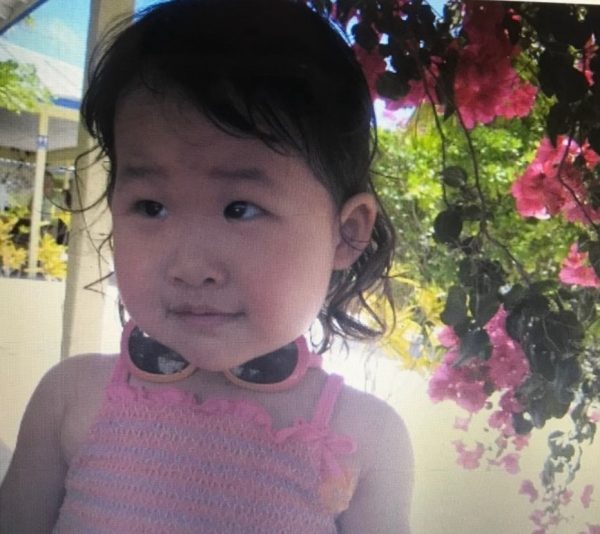This summer, American Eagle released an ad featuring actress Sydney Sweeney. The ad included a play on words: “Sydney Sweeney has good jeans,” an allusion to “good genes.” This quickly sparked controversy; viewers questioned whether it was just a harmless joke or if it carried a eugenic and fascist undertone. Shortly after, GAP released its newest denim campaign starring girl group KATSEYE. With its eye-catching choreography and fresh concept, the ad caught the attention of many — but for very different reasons.
The latter ad was a hit for many students. “The GAP ad was more energetic, and the song was fire,” said junior Katherine Karakcheyeva. “Everyone was just dancing and doing their thing, and it seemed more real and entertaining.” Others also mentioned the ad’s inclusivity. “I think that the GAP ad is more appealing because it shows a diverse group of people and feels more inclusive,” said junior Aviva Tarnoff, who added, “I also loved the upbeat rhythm!”
Sweeney’s American Eagle ad induced mixed reactions. “I think it was a stretch, not gonna lie,” junior Zion Shelton said. “I guess I can see what they are saying, but I think all they were doing was wordplay. I didn’t think they were doing it to promote something like white-supremacy.” Some seemed to disagree with minimizing the potentially hidden narrative: “Even though it was supposed to be a joke, it wasn’t sending a good message,” said Tarnoff.
In an era where ads constantly compete for attention, the question arises: where should we draw the line between creativity and sensitivity?



